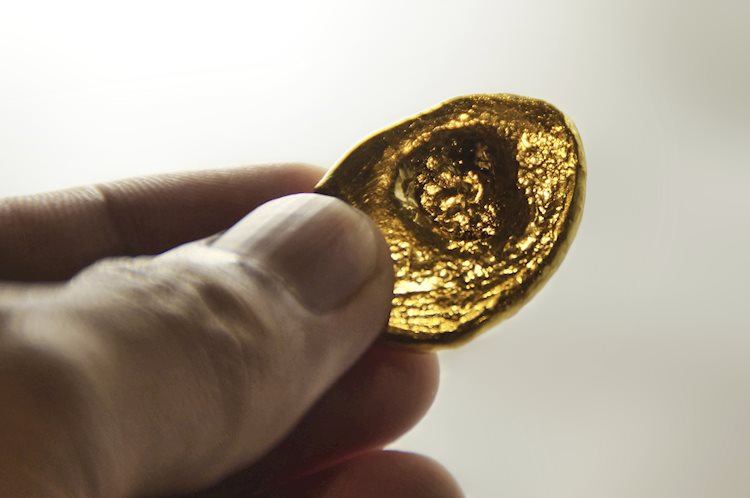
- Gold price attracts some buyers to near $2,720 in Monday’s early Asian session.
- Heightened geopolitical tensions between Russia and Ukraine lift the Gold price.
- The cautious stance from the Fed might cap the upside for Gold.
The Gold price (XAU/USD) jumps to around $2,720 during the early Asian session on Monday. The sell-off in the US Dollar (USD) provides some support to the USD-denominated Gold price. Additionally, rising geopolitical tensions continue to underpin safe-haven assets like yellow metal.
Investors will closely monitor the developments surrounding the Russia-Ukraine conflicts. Last week, Russian President Vladimir Putin lowered the threshold for a nuclear strike in response to a broader range of conventional attacks, days after reports said Washington DC, had allowed Ukraine to use US-made weapons to strike deep into Russian territory. This, in turn, might boost the safe-haven flows, benefiting the precious metal price.
“It’s really one main geopolitical factor that’s at play here in the gold market over the course of the last several days – the increased tensions between Ukraine and Russia is probably most notable,” noted David Meger, director of metals trading at High Ridge Futures.
On the other hand, several Federal Reserve (Fed) officials remain cautious about rate reductions, which might cap the Gold’s upside. The market is adjusting its expectations for the Fed’s cuts next year as inflation is becoming a bigger concern. Higher rates reduce the appeal of gold. According to the CME FedWatch Tool, futures traders are now pricing in 50.9% odds that the Fed will cut rates by a quarter point, down from around 69.5% a month ago.
Gold FAQs
Gold has played a key role in human’s history as it has been widely used as a store of value and medium of exchange. Currently, apart from its shine and usage for jewelry, the precious metal is widely seen as a safe-haven asset, meaning that it is considered a good investment during turbulent times. Gold is also widely seen as a hedge against inflation and against depreciating currencies as it doesn’t rely on any specific issuer or government.
Central banks are the biggest Gold holders. In their aim to support their currencies in turbulent times, central banks tend to diversify their reserves and buy Gold to improve the perceived strength of the economy and the currency. High Gold reserves can be a source of trust for a country’s solvency. Central banks added 1,136 tonnes of Gold worth around $70 billion to their reserves in 2022, according to data from the World Gold Council. This is the highest yearly purchase since records began. Central banks from emerging economies such as China, India and Turkey are quickly increasing their Gold reserves.
Gold has an inverse correlation with the US Dollar and US Treasuries, which are both major reserve and safe-haven assets. When the Dollar depreciates, Gold tends to rise, enabling investors and central banks to diversify their assets in turbulent times. Gold is also inversely correlated with risk assets. A rally in the stock market tends to weaken Gold price, while sell-offs in riskier markets tend to favor the precious metal.
The price can move due to a wide range of factors. Geopolitical instability or fears of a deep recession can quickly make Gold price escalate due to its safe-haven status. As a yield-less asset, Gold tends to rise with lower interest rates, while higher cost of money usually weighs down on the yellow metal. Still, most moves depend on how the US Dollar (USD) behaves as the asset is priced in dollars (XAU/USD). A strong Dollar tends to keep the price of Gold controlled, whereas a weaker Dollar is likely to push Gold prices up.


